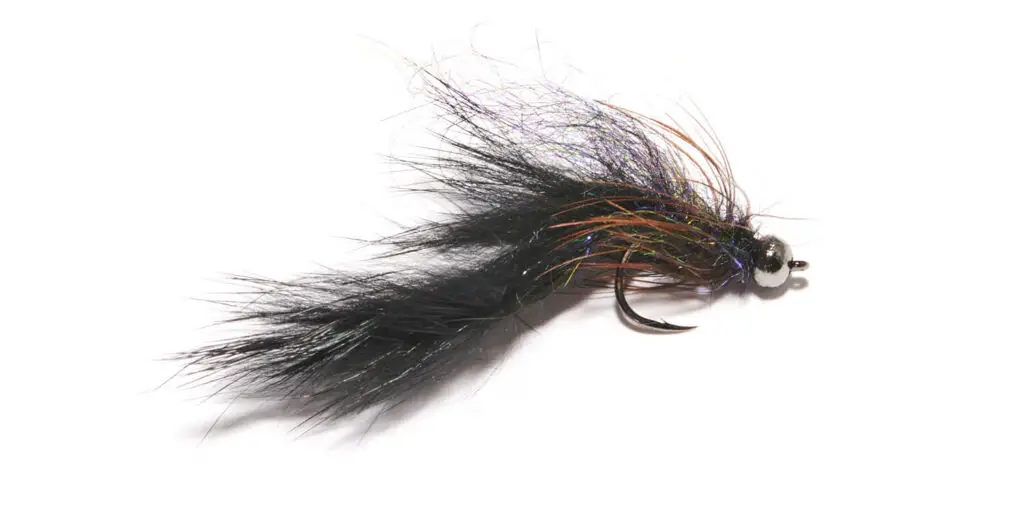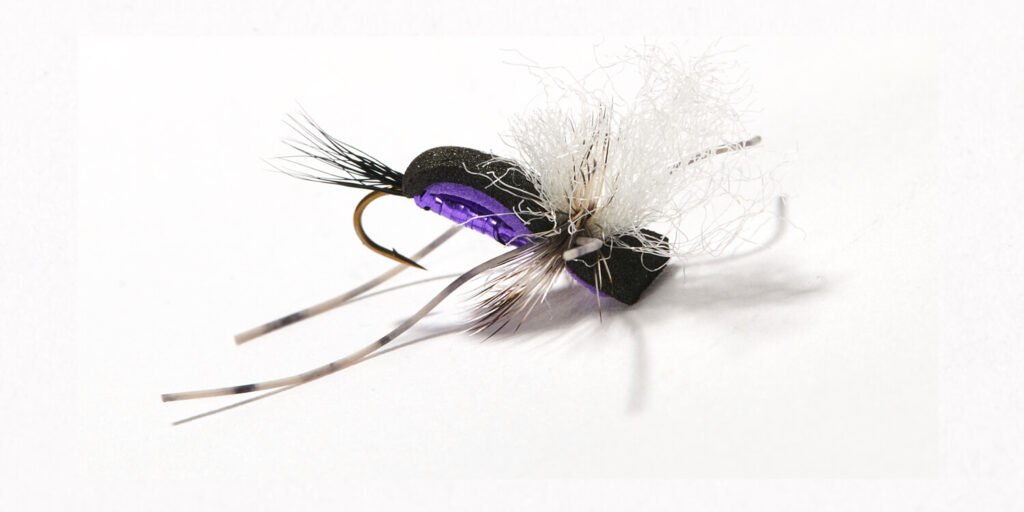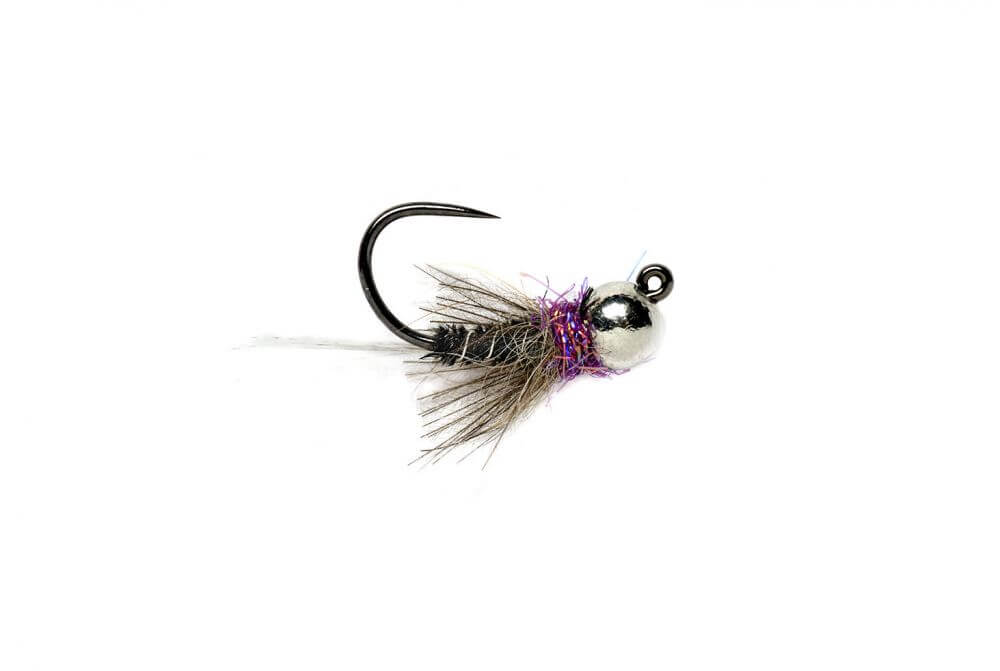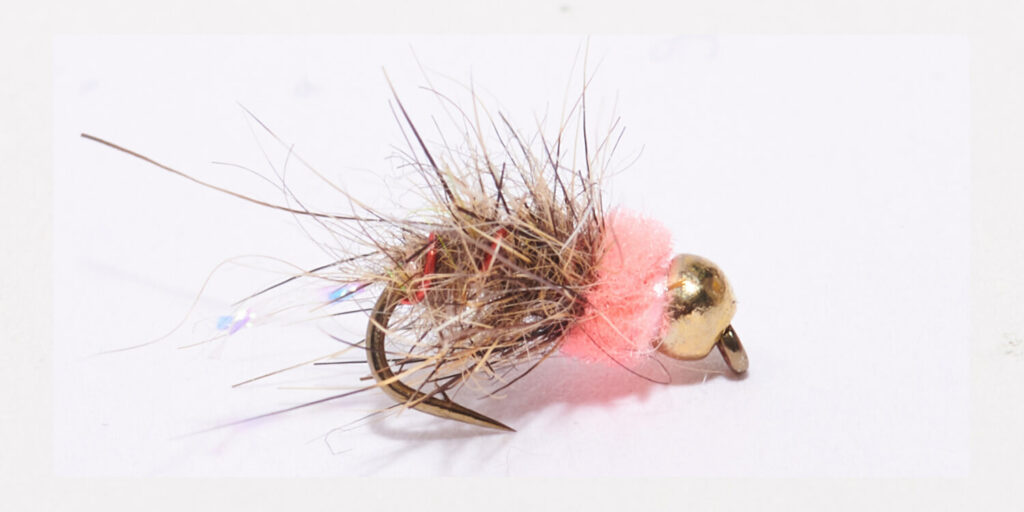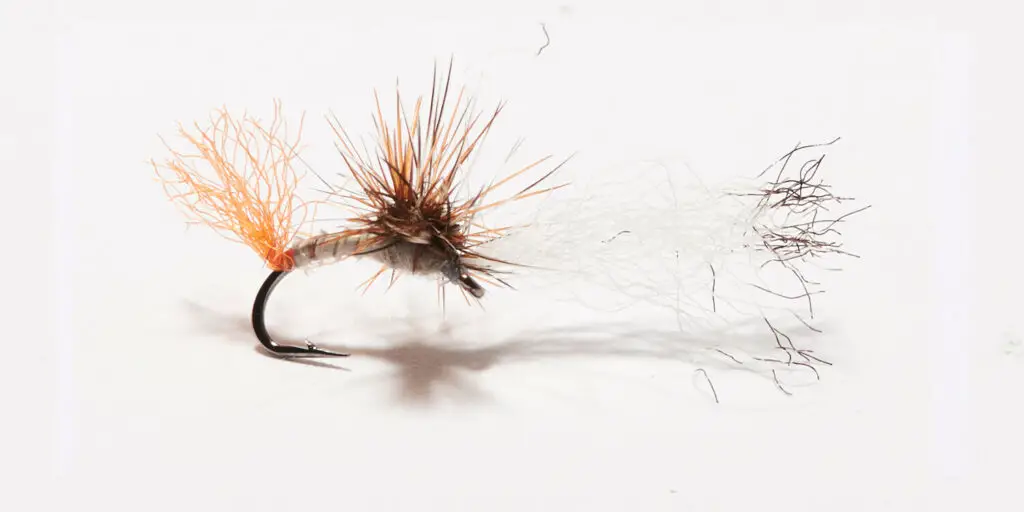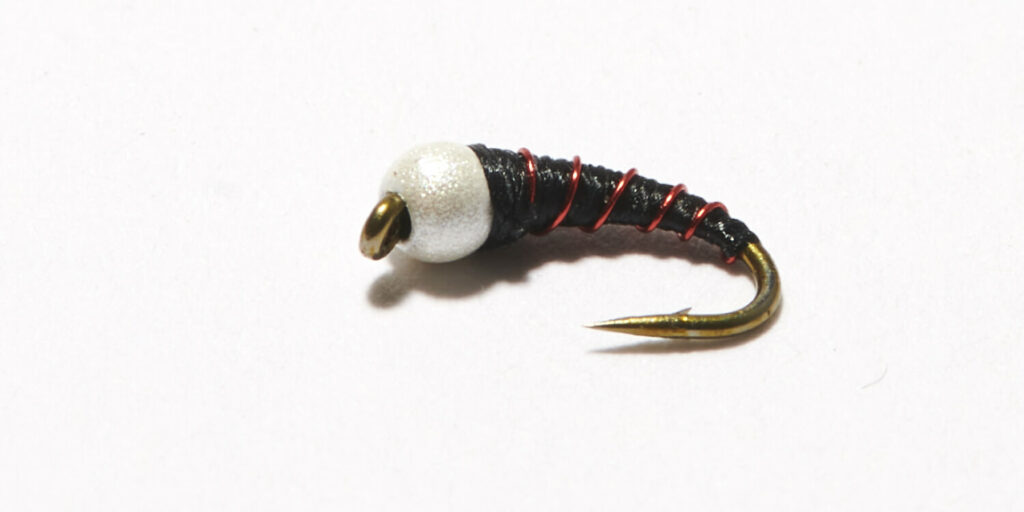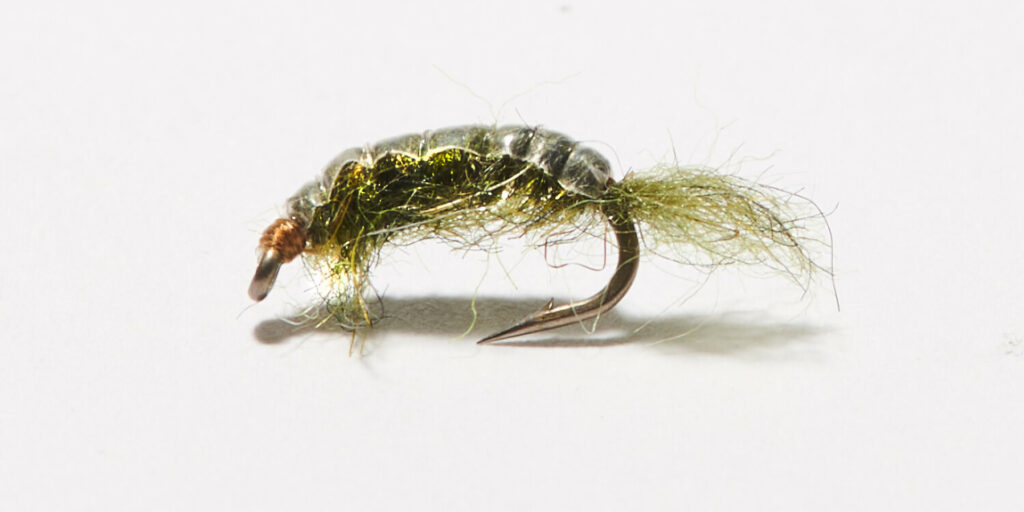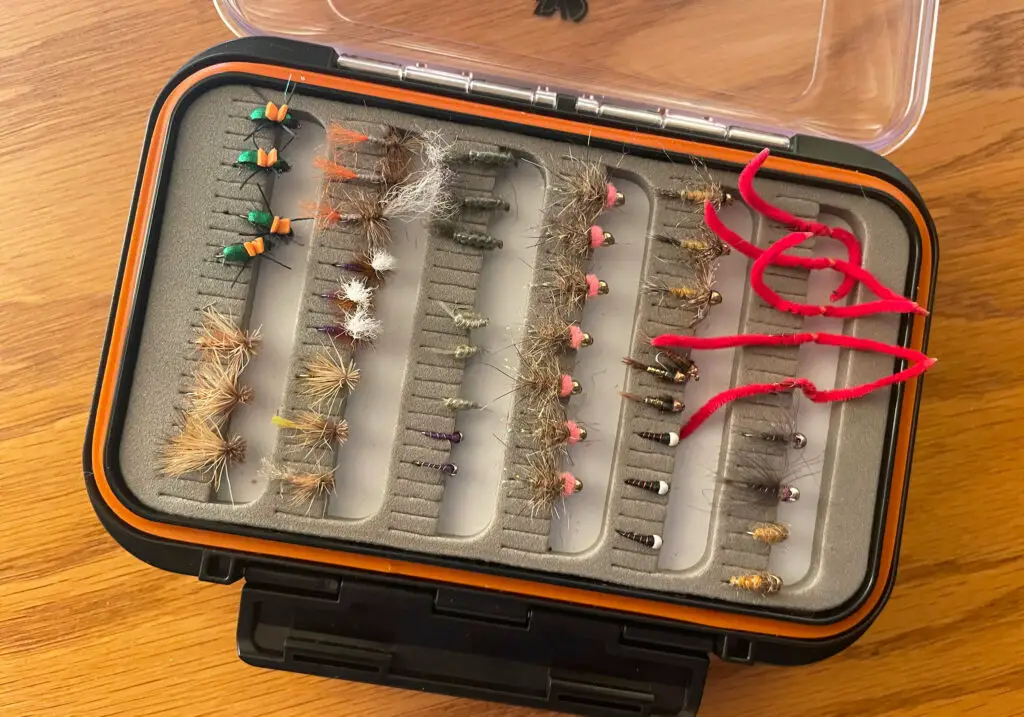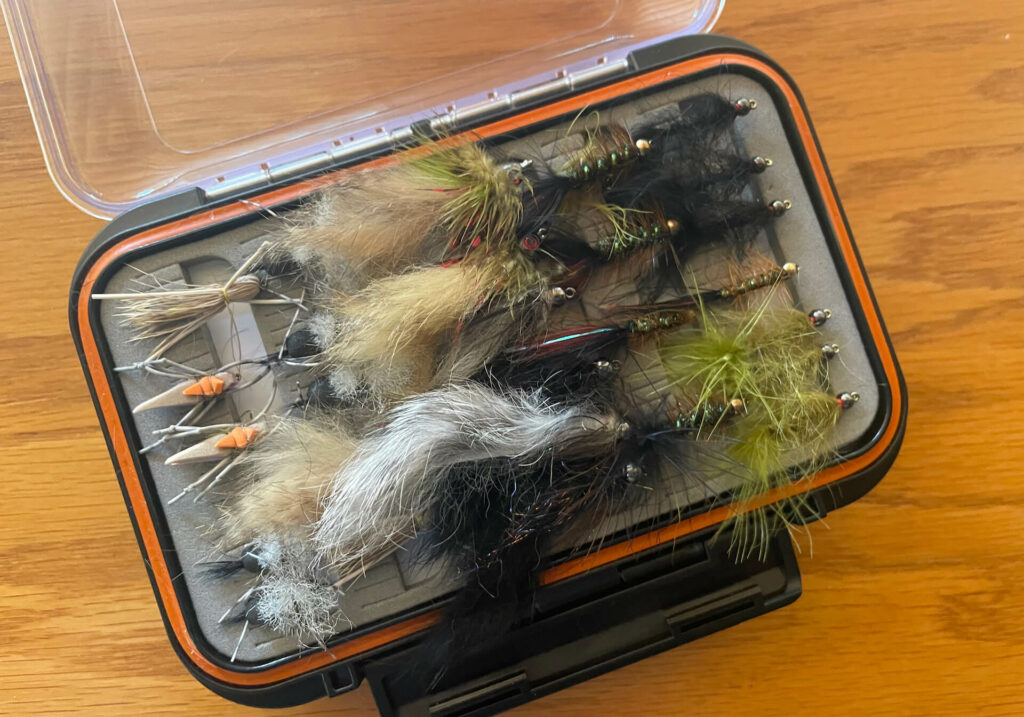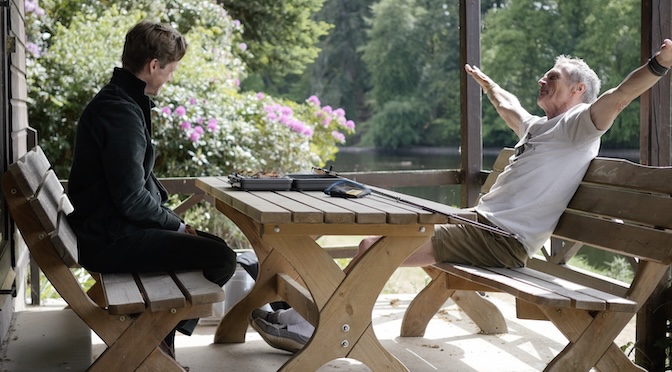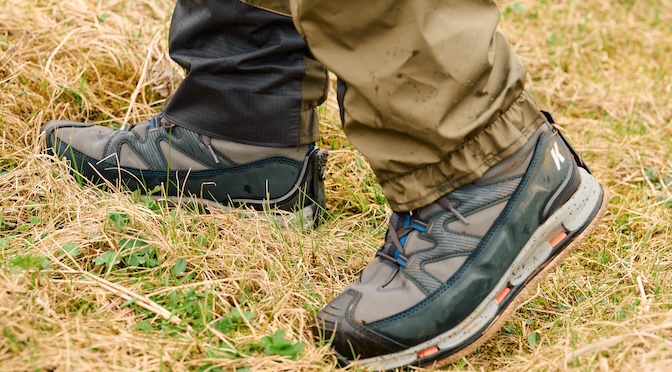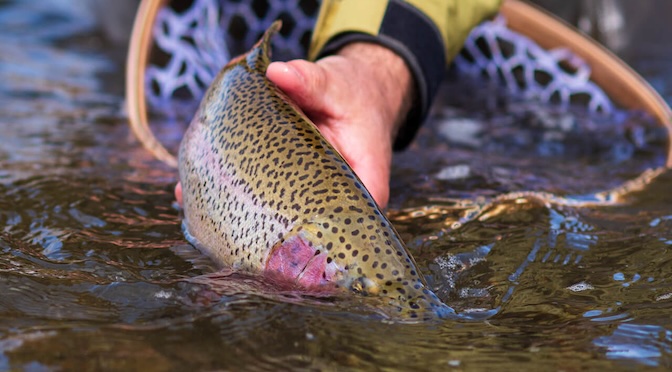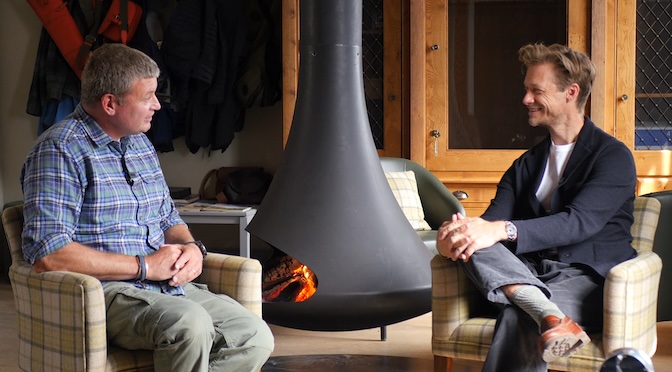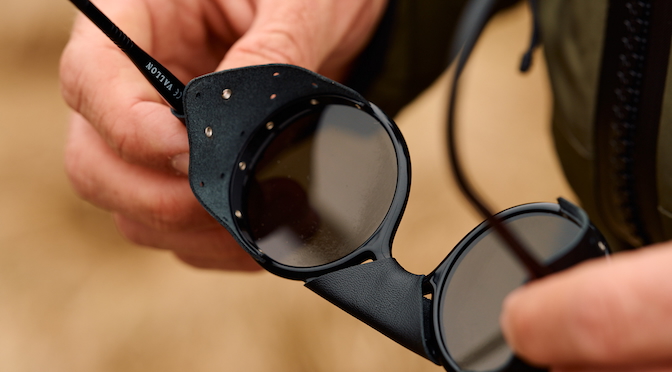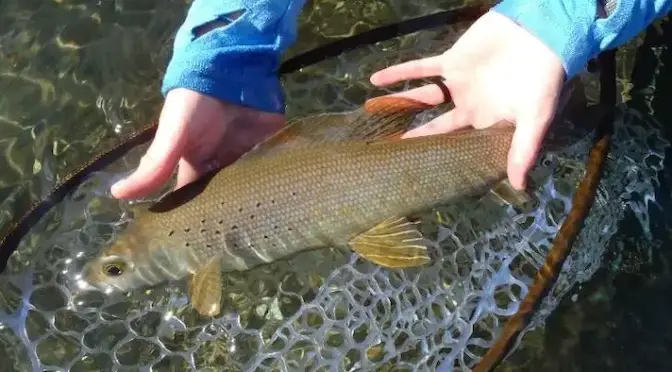Last updated on July 22nd, 2024.
- A Historic Reintroduction Takes Shape - May 16, 2025
- Wrangler Duo Key to Wyoming Wilderness Adventure - October 1, 2024
- A Guide to the Best Flies for the Driftless Area - May 6, 2024
If you’ve never heard of the Driftless Area, it’s a region that encompasses parts of four states including southwest Wisconsin.
The area stretches from Madison west to the Mississippi River and south to the Illinois state line.
Never touched by glaciers, the Driftless Area is characterized by its beautifully sculpted topography. Forested hillsides reach down to valleys cut into limestone bedrock and populated by over 600 spring-fed coldwater trout streams. Forests, prairie remnants, wetlands and grasslands provide habitat for flowers and wildlife. Land is farmed by the descendants of those who first settled here, by the Amish who adopted the area, and by a new breed of organic farmer.
The Driftless Area’s thousands of miles of spring creek trout streams support populations of native brook trout and wild brown trout.
Besides a pair of waders and a fly rod outfit—a 4-weight or 5-weight combo will do fine—an angler needs the right mix of flies resembling aquatic insects, terrestrials (ants, beetles and hoppers) and baitfish that inhabit the area’s small rivers, streams and creeks.
As I started to think about my annual spring trip to the Wisconsin Driftless Area, I had a flashback to a presentation several years ago by Dr. Ted Burgess on insects of the Driftless Area and more importantly, what would be his ideal fly box recommendation for fishing the region.
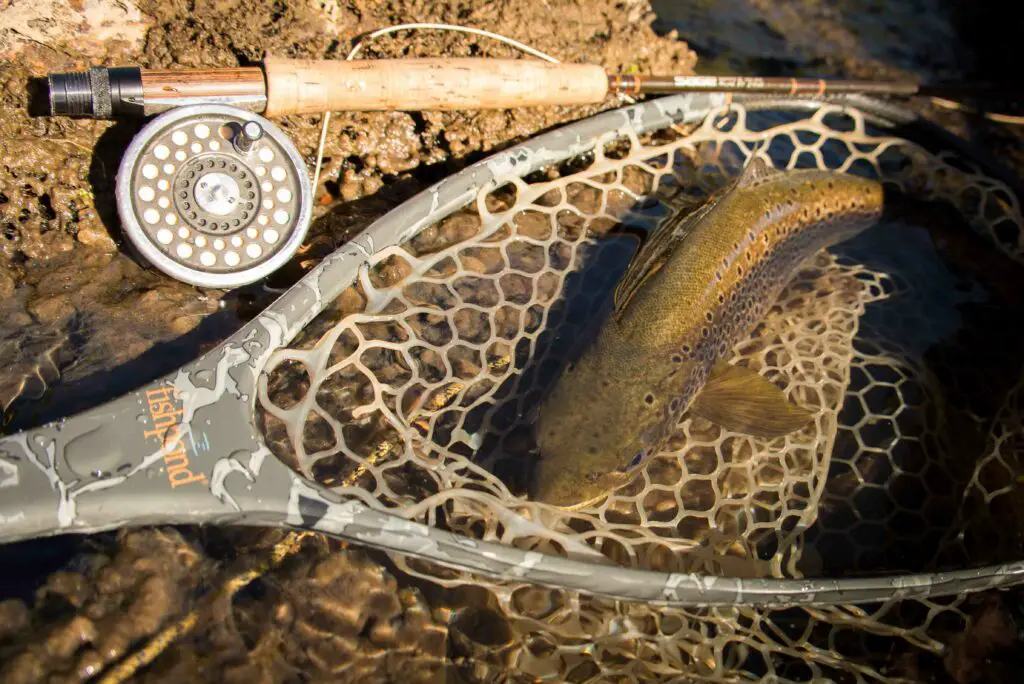
Dr. Burgess was an entomology research scientist and academic advisor at Northern Illinois University where he studied insects of veterinary and medical importance. He also has a passion for fly fishing and the insects associated with it which was the genesis of his presentation on “Driftless Entomology.”
While most of the presentation was a rather technical overview of Driftless Area insects including their Latin names—who could expect to remember Ephemeroptera Baetidae, Trichoptera and Plecoptera Perlidae? The key takeaway for me was the presentation’s final slides where Dr. Burgess shared his everyday Driftless Area fly box recommendation with both imitative and impressionistic specimens.
The concept of a single Driftless Area “go to” fly box for trout appealed to me. It would simplify having to pack up my various fly boxes full of dry flies, nymphs, terrestrials, streamers, etc., for Wisconsin’s unique Driftless Area and aquatic insects that inhabit the region.
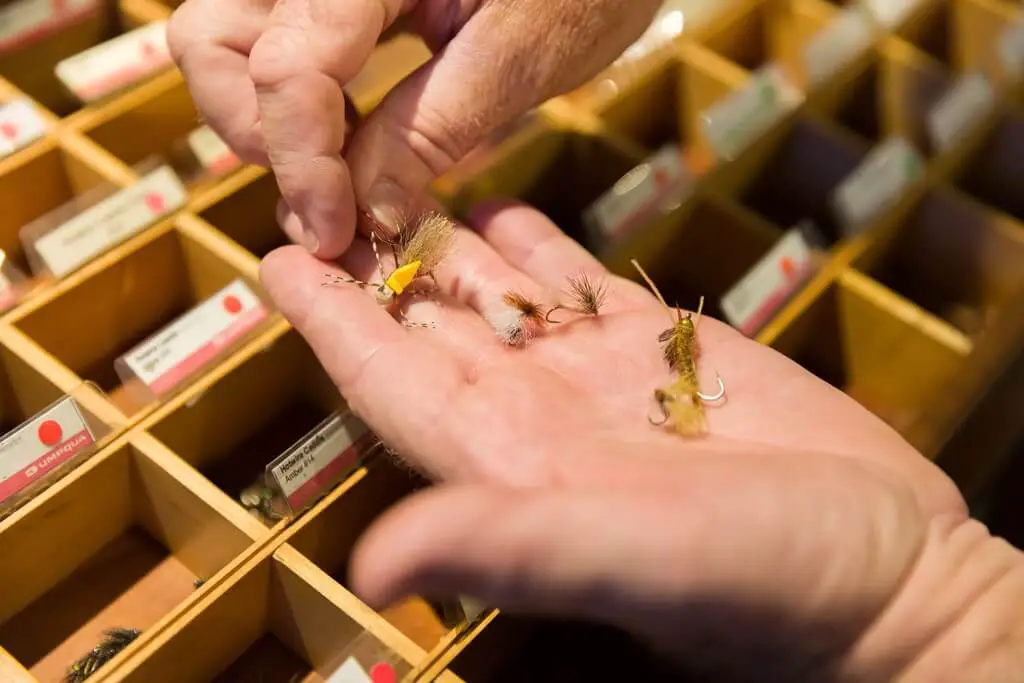
(Photo courtesy of Mat Wagner)
I decided to assemble my own Driftless fly box starting with the Dr. Burgess line-up but with insights from Mat Wagner, owner of the Driftless Angler fly shop and guide service in Viroqua, Wisconsin. Mat founded his business in the heart of the Wisconsin Driftless Area in 2006 and has been fishing the region for 18 years.
Here’s Mat’s preferred ideal fly box with recommendations featuring colors and hook sizes. Flies highlighted in bold indicate local impressionistic favorites followed by commentary on why he preferred certain fly patterns vis-a-vis those of Dr. Burgess.
Best Flies for Driftless Area Box Setup
Hale Bopp Leech—size 10 with a brass bead in natural or gray (instead of a wooly bugger)
Hale Bopp Leech—size 10 with a brass bead in black (instead of a wooly bugger)
Sculpzilla—size 8 in olive
Slumpbuster—size 10 olive
Pink Squirrel nymph—size 16 jig hook and tungsten bead
Brush Hog or Surrenders nymph—size 14 (instead of Hare’s Ear nymph)
Gray Scud—size 16
Elk Hair Caddis with CDC—size 16 in tan
Black Foam Beetle—size 16
Foam Hopper—size 12 (instead of Schroeder’s Hopper)
Hippie Stomper terrestrial—size 12
Purple Drank nymph—size 16 (instead of brass bead flashback Pheasant Tail nymph)
San Juan worm—size 12
Klinkhammer emerger—size 16
Ice Cream Cone or Zebra midge—size 16
Hale Bopp Leach
“My major substitution would be actual leech patterns for wooly buggers,” said Mat Wagner. “Hale Bopp and Itty Meaty Things leech imitations in black and natural/gray would be better options because their rabbit strip or mohair materials move much better in the slower currents of our spring creeks and move more like a ribbon in the water (imitating a swimming leech) than a woolly bugger does. The other advantage of these materials is that they possess movement without moving. In other words, you can dead drift them and they still look alive.”
Hippie Stomper
“When it comes to hoppers, foam is best,” Wagner said. “While natural material hoppers can work quite well, I prefer foam as not only does it give a realistic silhouette, it can also be used as an edible indicator for a bead head nymph tied below the hopper as it is much more buoyant and durable. The absolute first terrestrial I tie on is a Hippie Stomper which is made of foam with clipped and spun deer hair. In various colors, it matches every terrestrial bug out there.”
Purple Dank
“Of course Hare’s Ears and Pheasant Tail nymphs are going to work, but there are some subtle variations that seem to fish better in the Driftless streams and creeks,” said Wagner. “Purple Danks, Brush Hogs and Surrenders are tweaks of classic patterns that add just a little flash or movement and seem to get the trout’s attention a bit better in many cases.”
Pink Squirrel
Speaking of nymphs, no Driftless Area fly box would be complete without a local invention: the Pink Squirrel. Tied by Wisconsin fly fisher John Bethke, the Pink Squirrel is a Driftless fly pattern classic. The Pink Squirrel doesn’t mimic any known nymphs, but the success of this fly is due to the pattern’s buggy nature. The original pattern was tied with a body of fox squirrel hair, Lureflash Amber Antron, and olive and pink dubbing. Copper wire was then wrapped around the fly, forming a rib and helping with durability.
Klinkhammer
“The Dr. Burgess list is also missing any kind of mayfly dry on it,” added Wagner. “Such as blue wing olives in the spring and fall, lighter bodied bugs in June, tricos in the summer. It doesn’t need to be a match the hatch situation (purple works just fine), but having a Klinkhammer emerger style fly is a must. Something that rides very low in the surface film instead of a simple parachute. You want the best silhouette on the water that you can, and a low-riding mayfly pattern is key.”
Ice Cream Cone
“Also missing midge larvae,” said Wagner. “During winter and summer seasons, especially when hatches are sparse, trout gorge on midges. Ice Cream Cones and Zebras are midge patterns that fish solidly all year long.”
Scud
Wagner’s final comment was that if he had only had one fly to fish all year long, it would be a size 14 tan or gray Scud since scuds make up a major portion of a Driftless Area trout’s diet and are the most productive patterns overall.
Wisconsin Driftless Area Fly Shops and Guide Services
Black Earth Angling, Black Earth


